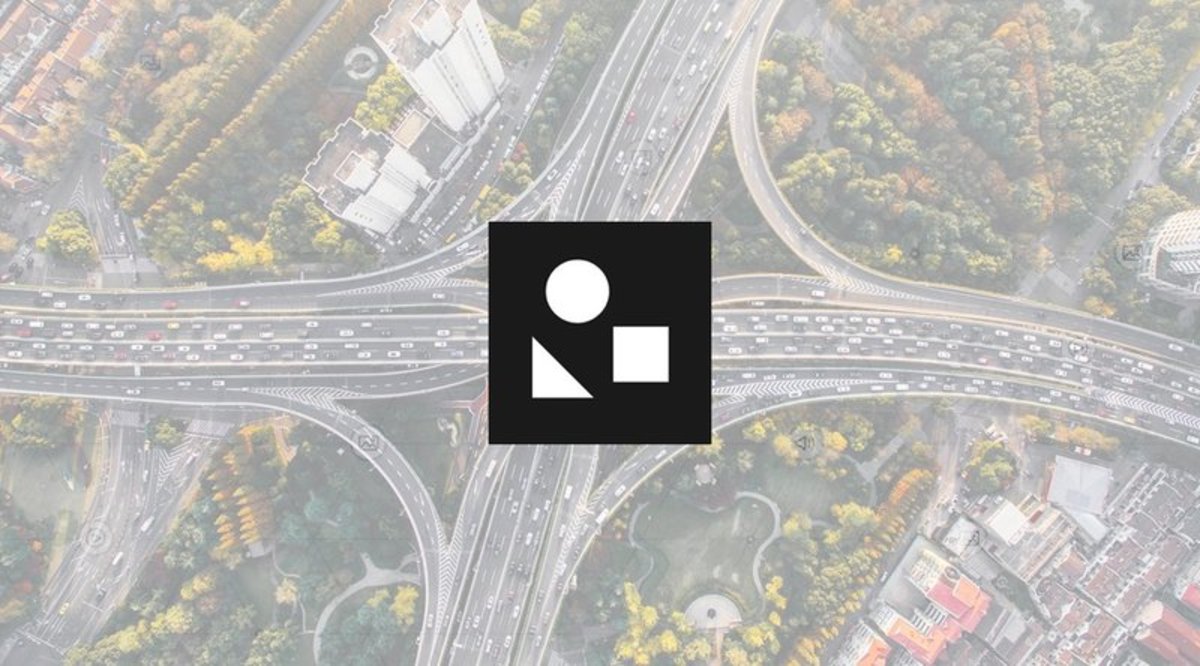
New York based startup Mediachain Labs has announced the launch of Mediachain Attribution Engine, a blockchain-agnostic application built using Mediachain, an open media library built on top of the InterPlanetary File System (IPFS) with support for multiple blockchains, including Bitcoin and Ethereum. The Mediachain Attribution Engine application will help users find high quality and properly attributed images that can be used for any visual imaging needs — on websites, in blog posts and presentations, and more — while allowing publishers and creators to secure the rights of their digital content.
Speaking to Bitcoin Magazine, Mediachain Labs Co-Founder, Denis Nazarov, said that unattributed content shared on the internet not only gives rise to plagiarism but also prevents people from connecting with the content creators. He adds, “attribution is fundamental to the creative process because it guarantees that creators can connect directly with their fans, but the currently available content attribution systems are inefficient.”
“People care about connecting with creators, but the ability to easily do that is currently broken. It's really easy to share images by copy and pasting them, but that usually means you break the chain linking to the creator,” Nazarov said. “This means that when someone is looking at a great image that they love in their feed, they have no idea who made it or anything about it.”
“The goal of Attribution Engine is so that audiences can always connect, like, upvote or even tip, someone whose work they admire directly through the media itself.”
How it Works
The Mediachain Attribution Engine is built on top of the Mediachain open media library project. It will allow publishers and content creators to upload their content and attach information to their media, which will then be time-stamped in the Bitcoin blockchain and stored in the IPFS. The information can then be looked up via perceptual search using an instance of the media itself.
“Attribution Engine makes attribution as easy as copy/paste, and more importantly, all the data Attribution Engine is built on is open and decentralized, meaning any developer can download the data, or even extend it by contributing directly to Mediachain,” Mediachain Labs Co-Founder Jesse Walden said to Bitcoin Magazine. “This means Mediachain attribution can be automatically integrated in any application. It gives developers access to a universal, open media library full of great content that they can use in new, innovative media applications, obviating the need for consumers to manually attribute content.”
Users can search the Mediachain open library database using the Mediachain Attribution Engine for images they want to share. Once they find an image they like, they can copy and paste the html code of the link to their blog post or website. The attribution for the image is embedded in the html code itself, hence there is no further need on part of the user to manually attribute the image. The Mediachain Attribution Engine currently doesn’t support sharing of the images directly to social media sites, but Navarov said they are looking forward to adding that feature.
“The internet is really good at helping creators reach a large audience, but when media is shared virally, it often loses any connection to it's creator, it’s orgin and it’s story,” said Walden. “Mediachain enables a channel to discover the identity of the creator anywhere their media is shared, enabling a connection with the full scale of their audience so they can derive all the benefits of achieving scale on the internet.
He added, “It's important to note that this means there is more incentive for creators to post great content online, as opposed to approaches that try to impose artificial scarcity for media that is categorically ‘out there.’”
Future Prospects
The current participants in the Mediachain project are The Museum of Modern Art (MoMA), Getty Images, the Digital Public Library of America (DPLA) and Europeana Collections. All of the content on the Mediachain database is used under the Creative Commons license; however, Nazarov said that their goal is to expand to commercially licensed content that will allow creators and publishers to monetize their content.
“Creative Commons is our first use to demonstrate how Mediachain works end-to-end,” Nazarov said. “We think openly-licensed media is a great fit for a decentralized media library. But the goal is to expand to commercially-licensed content in the near future. The same channel that is used to transfer attention directly to creators in Attribution Engine today can be used to send a payment tomorrow, all with no middlemen.”
Mediachain is currently accepting attributed content from verified Creative Commons sources only, including any Creative Commons images from Flickr, a site that is often mined for images. The Attribution Engine for creators is currently in private beta but interested parties can sign up for the public beta here.










